6 Tips For Improving Sheet Metal Design
Following manufacturing design steps is critical for a thin steel sheet metal project to ensure success without issues cropping up. Sheet metal is a $30 billion industry, so it’s important that the sheet metal part is ready for manufacturing to keep project costs down. Whether you’re working with 17-7 stainless, 302 stainless, 304 stainless, or stainless steel, here are a few tips for improving sheet metal design:
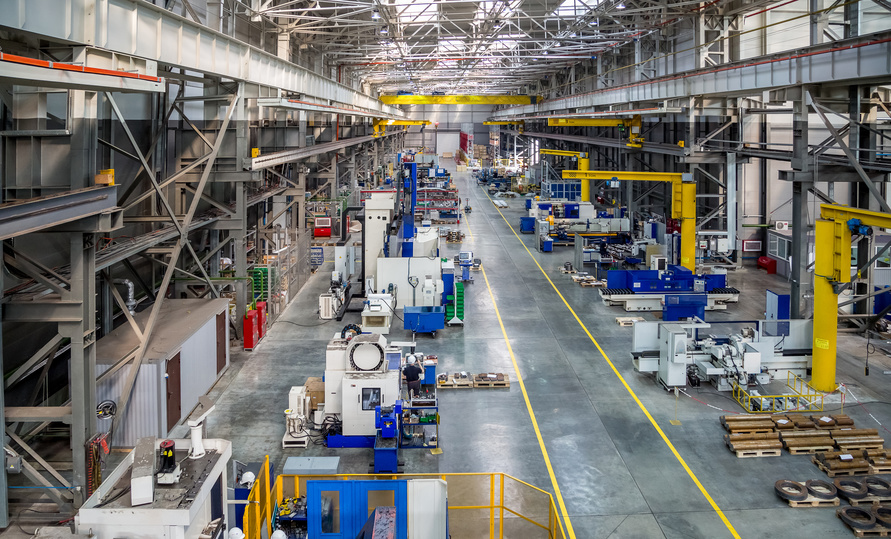
Determine Hole Sizes
If you design the wrong hole size, it could break your punch equipment. Determining the right hole size for the punch being used will help the thin steel sheet make its way through the manufacturing process. The hole’s diameter should be equal or greater than the sheet metal’s thickness.
Inside Radius
Strain inside the piece can increase as the bend radius reduces size. If you exceed a materials fatigue point, cracks will start to form. Use the 1x Thickness=Inside Radius Rule when working with thin sheet metal.
Simplify Folds
If you can simplify your design, it will be less expensive for production in the long run. Simple angled bends can help you achieve this goal. These bends feature a radius that is the same or larger than the sheet’s thickness. Keep in mind that designing small bends for large and thick parts may be inaccurate and costly. Consider how you can create the simplest design possible for your part that will also be cost-effective and easy to produce.
Tooling
The tooling you use will limit how that part is shaped, as well. Conventional brake tooling creates precision straight line bends for any length of parts made from fabricated sheet metal. Machined and precision sheet metal parts have very different terms in how they can be manufactured and what tolerances they will allow.
Limit Tight Tolerance
Having too many tolerance callouts on a part can be unnecessary and expensive. There are only a few surfaces to a part that are critical for its ability to function. These include distances, radii, and hole diameters. Limiting tight tolerance will help you create a more budget-friendly design.
Uniform Bend Maintenance
Maintaining proper uniform bends can increase the affordability of the part. Bends that are in the same place on a part should be designed in the same direction to avoid the occurrence of part reorientation. This helps create more cost-effective parts that are also easier to produce.
By following these tips, manufacturing designers can make sure a thin steel sheet is formed and produced accurately. This can help reduce project costs, improve lead times, and provide better quality to customers. Producing quality parts takes careful consideration every step of the way if you want to be successful.


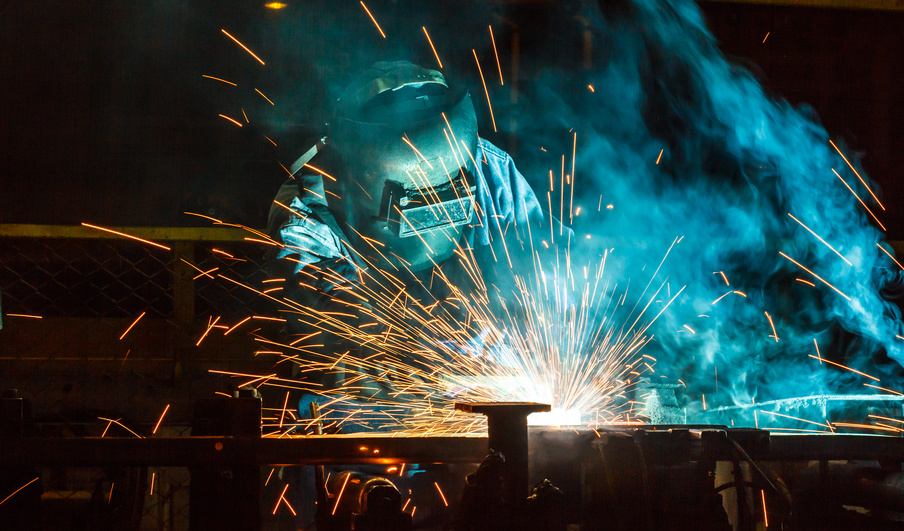
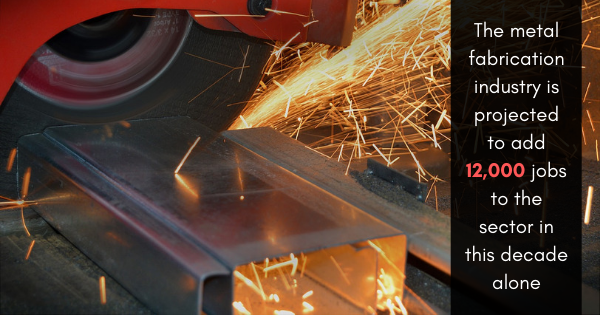
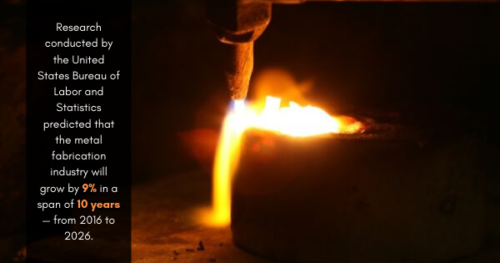
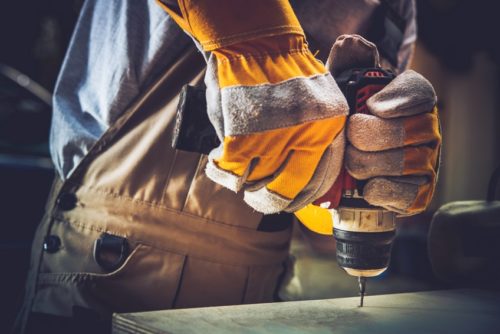
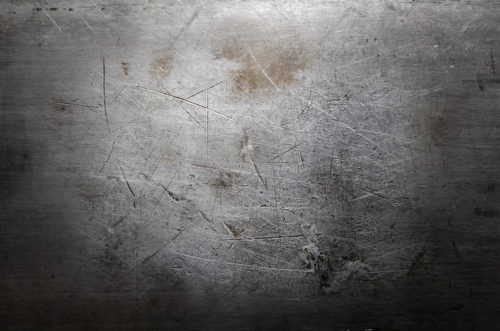 Combined metals of Chicago
Combined metals of Chicago